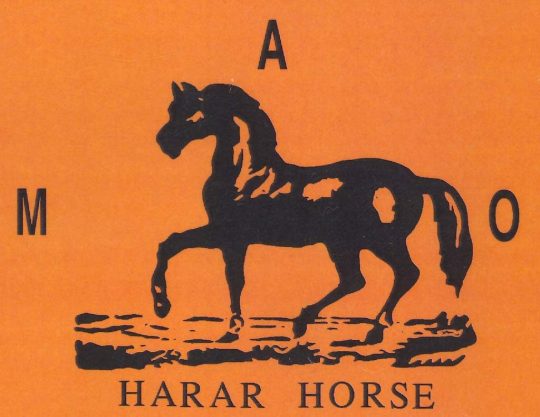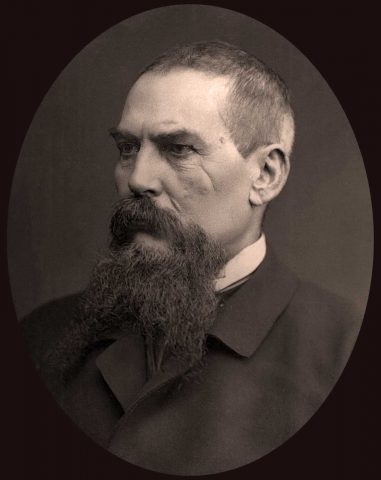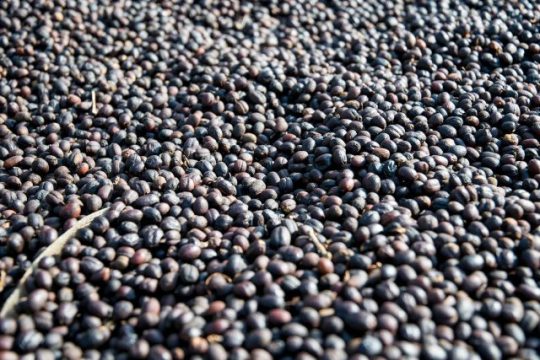
as written by Max Nicholas-Fulmer on Jan 9, 2018. #Repost

Harar has always held a special place in my heart. One of the very first coffee trips I ever took involved meeting The Man in Harar, Mohamed Abdullahi Ogsadey, quite literally a Somali King with four wives and nearly 50 children. I was seven. For years, We were the exclusive carrier of the world renowned Harar Horse mark, the result of a serendipitous connection over Telex Machine in the 1980’s between my father, Bob, and Mr. Ogsadey. Whenever anyone says “blueberries” at a cupping table, my mind immediately returns to the heady Moka-Harar flavors of the mid 1990’s. I can still recall driving into dusty villages in East Harar as a teenager with Mr. Ogsadey, with literally the entire community coming out to see him and pay respect, the children chanting his name. Hell, I even have a poem tattooed on my back written by the first European to ever set foot inside the walls of the Old City of Harar, Sir Richard Burton, who traveled there disguised as an Arab trader in 1854.

148 years later, as a Senior in High School, I traveled along with Rashid Abdullahi, Mr. Ogsadey’s nephew and right-hand man, to visit a site in East Harar called Masira, where MAO had initiated a raised-bed drying protocol. At this time, most Ethiopian naturals were still dried in thick layers on cement patios, even in Yirgacheffe. In Harar, the standard was (and still is, in most places) to simply dry the cherries directly on the dirt between the coffee trees. This project was very exciting. As good as Harar Horse had always been, it was poised to be even better. But by 2006, the year I graduated college and started working full-time, Mr. Ogsadey had passed away (of a heart attack while driving himself, where else, through East Harar) and the coffee trade was about to have a bomb dropped on it in the form of the Ethiopian Commodity Exchange. The long and short of the ECX was that it greatly improved price transparency and has led to higher cherry prices for farmers, particularly over the past few seasons, but all at the expense of traceability. The ECX made it technically illegal for an exporter to be both involved at the farm or mill level and involved in the exporting of coffee. Abdullah Bagersh’s famous Misty Valley mill (now called Aricha), had to be sold. Countless ground-level projects, including MAO’s raised bed initiatives, were essentially scrapped as exporter involvement and crucial funding dried up.

We continued to buy Harar, from Rashid Abdullahi, under the mark of Queen City. In reality, this coffee has been only a faint echo of past glories, with quality dependent on what Rashid could buy in the ECX auction. His frustration at knowing East Harar like the back of his hand, but not being able to access the top producing communities over the past-decade has been palpable. In truth, the only coffees we’ve been able to buy from Ethiopia with any semblance of traceability below the high-level regional distinctions of Yirgacheffe, Sidama, etc have had to come through the quasi-governmental Cooperative Unions, or been the result of cloak and dagger tactics by certain less-than-entirely-above-board exporters willing to “shepherd” the coffee through the ECX warehouses. I made my peace with it long ago on the justification that higher cherry prices for farmers and better quality for roasters more than offset any moral or legal qualms.
Fortunately, this year new rules are in place opening the door once again to direct sales by mills to foreign buyers, and greatly loosening the restrictions on exporter involvement at the ground level. It only took ten years, but the ECX seems to have finally gotten it right. As a result of this opening, Rashid is once again on the ground in East Harar with a new raised-bed project called Nafisifi. We cupped it yesterday and were struck by the Ripe Blueberry and Concord Grape flavors we encountered. Somewhere, Mr. Ogsadey is smiling down enjoying a giant steaming plate of Goden Kibe Mitmita (spicy ribs).